
When working on a decision, you often want to gather your resource books and films and see how they can help. Below is my summary of the basics offerred in the classic How to Read a Book by Mortimer Adler & Charles Van Doren.
1. Read actively for information, for understanding, for learning via instruction and discovery from present and absent teachers.
2. With elementary reading skills assumed, read next at the inspectional level by:
(a) looking at the title page and, if the book has one, at its preface;
(b) studying the table of contents;
(c) checking the index;
(d) reading the publisher's blurb;
(e) looking at the chapters that seem to be pivotal to the book's argument; and
(f) turning pages, dipping in here and there, reading a paragraph or two, sometimes several pages in sequence, never more than that.
3. Follow inspectional reading with superficial reading of the entire book as quick as possible.
4. Ask these four basic questions:
(a) What is the book about as a whole?
(b) What is being said in detail and how?
(c) Is the book true in whole or in part?
(d) What of it?
5. Make the book your own via structural note-taking, i.e.:
(a) underlining;
(b) vertical lines at the margin;
(c) stars or astericks at the margin;
(d) numbers in the margin;
(e) numbers of other pages in the margins;
(f) cirlcing of key words or phrases; and
(g) writing in the margin, or at the top or bottom of the page.
6. Pigeonhole the book by determining what kind of book you are reading before you begin to read, if possible.
7. X-ray the book by:
(a) stating the unity of the whole book in a single sentence, or at most a few sentences (a short paragraph);
(b) by setting forth the major parts of the book and showing how these are organized into a whole, by being ordered to one another and to the unity of the whole; and by
(c) finding out what the author's problems were.
8. Come to "terms" with the author by finding the important words and through them the "terms" with the author.
9. Determine the author's message by:
(a) recognizing sentences and propositions are different; propositions are the answers to questions;
(b) marking the most imporant sentences in a book and discovering the propositions they contain;
(c) locating or constructing the basic argument in the book by finding them in the connection of the sentences; and
(d) finding out what the author's solutions are.
10. Criticize the book fairly by:
(a) remembering that you must be able to say, with reasonable certainty, "I understand," before you can say any one of the following things: "I agree," or "I disagree," or "I suspend judgment";
(b) remembering that when you disagree, to do so reasonably, and not disputatiously or contentiously; and
(c) respecting the difference between knowledge and mere personal opnion, by giving reasons for any critical judgment you make.
11. Agree or disagree with the author, after saying "I understand but I disagree," by adding:
(a) "You are uninformed" or
(b) "You are misinformed" or
(c) "You are illogical --- your reasoning is not cogent" or
(d) "Your analysis is incomplete and thus I suspend my judgment."
12. Read syntopically, that is by bringing the relevant passages of several books to an issue, reading them in the manner described above, comparing them, and using them to help support your own proposition about the issue in question.
Do you know if a better way?
Thanks.
John
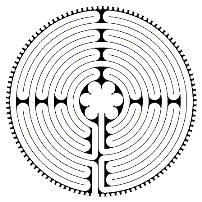
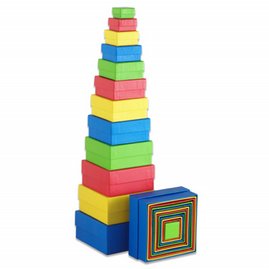
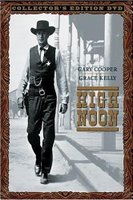
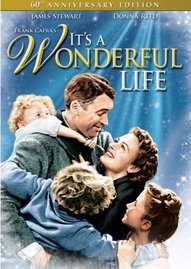
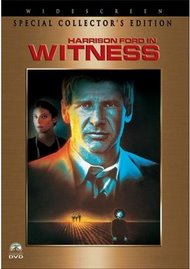
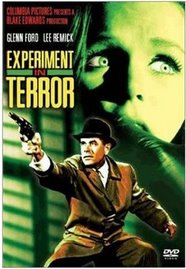


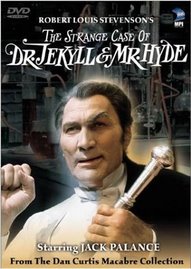
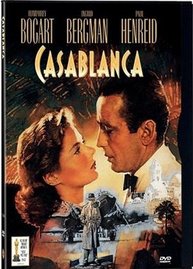
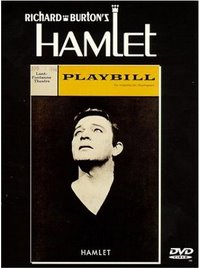
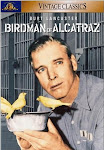

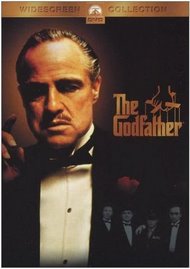
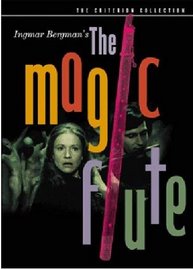
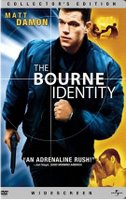
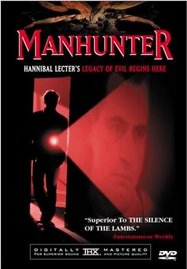
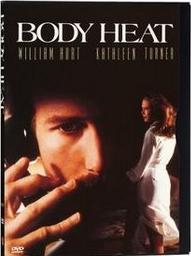
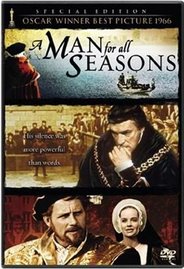
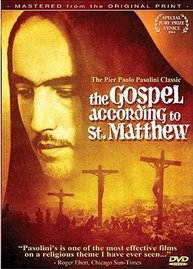
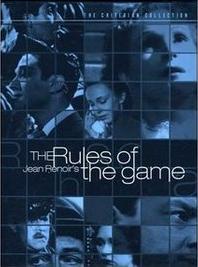
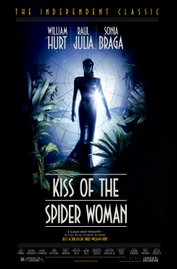
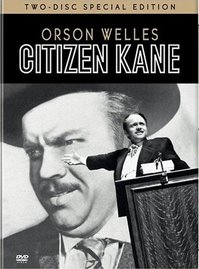

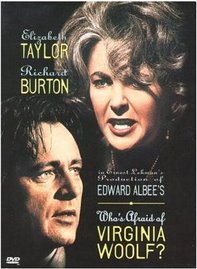
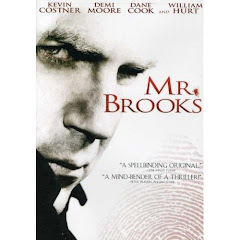
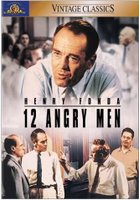





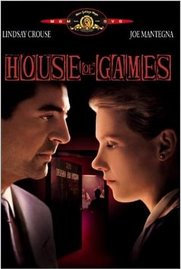

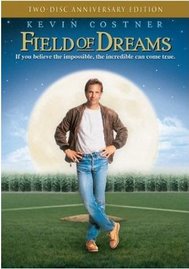

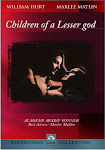
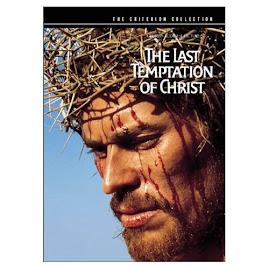

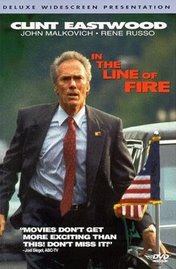


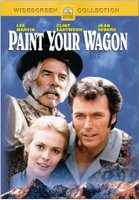
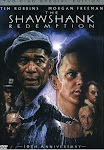
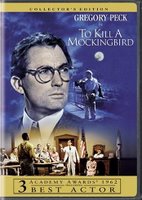
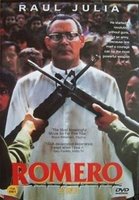
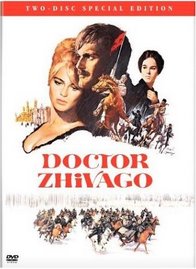
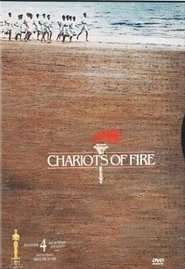
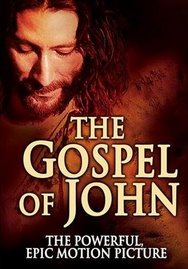


No comments:
Post a Comment